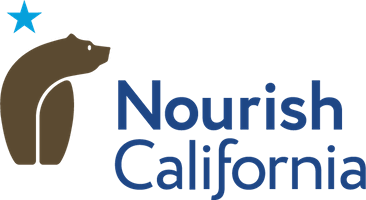7.5.2012 CDC’s online journal, Preventing Chronic Disease, featured a study on Bay Area students’ access to and intake of water in school food service areas (FSAs) prior to the implementation of SB 1413 and the Healthy, Hunger Free Kids Act of 2010 (HHFKA), both of which require that free, fresh water be available to students during mealtimes.
The article, co-authored by current and former CFPA staff, also examined potential barriers to providing free, fresh water and identified innovative water consumption promotion practices in schools.
“Observations of Drinking Water Access in School Food Service Areas Before Implementation of Federal and State School Water Policy” PDF
It is really important that schools play a greater role in encouraging students to select water as the beverage of choice as more and more research is linking sugar-sweeten beverages to rising obesity rates. As part of this study, 24 public schools were randomly selected to participate and some of the major findings included:
- About half of the selected schools offered free water in FSAs (water fountain and non-fountain source).
- Four percent of students drank free water at lunch, with elementary students having greater intake than middle or high school students.
- In secondary schools when water was provided by a nonfountain source, the percentage of students who drank free water doubled.
- Language about water in FSAs wasn’t included in wellness policies.
Furthermore, only 1 in 25 students in this study reported drinking free water in FSAs. Although schools can meet the new water provision regulations through installation of fountains, more appealing water delivery systems may be necessary to increase student’s water intake during school mealtimes.



